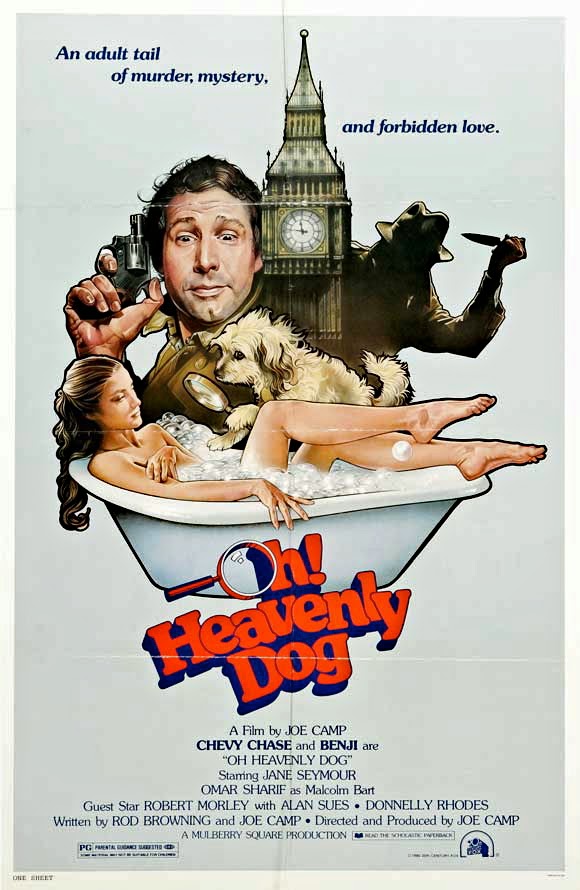Schlocky but entertaining,
The Evil takes the haunted-house
genre to its logical extreme, resulting in a climax that’s embarrassingly
obvious and stupid. Before it totally goes off the rails, however, the movie
offers a number of gruesome deaths and touches on nearly every cliché associated
with the haunted-house genre—apparitions, inexplicable noises, objects moved
about by unseen forces, people possessed by dastardly spirits, and so on. None
of what happens is particularly scary, so The
Evil plays out like one of those old ’50s horror comics—it’s all about the
fun of playing with concepts that might actually be scary if they were executed
with greater care and sophistication. Because, rest assured, care and
sophistication are not among the
elements that cowriter-director Gus Trikonis brings to the party. Trikonis and
his collaborators generate a few decent effects, particularly during scenes of
people getting thrown around by supernatural powers, but The Evil is bargain-basement pulp through and through.
Richard
Crenna, all beardy and serious, plays Dr. C.J. Arnold, a shrink who rents an
old mansion for a summer of psychiatric research. Several colleagues gravitate
to the mansion in order to help with the project. While the scientists prep the
house in anticipation of receiving patients, C.J.’s wife, Dr. Caroline Arnold
(Joanna Pettet), sees ghostly visions and strange phenomena, including a fireplace
roaring to life without being ignited. Concurrently, director Trikonis shows
the house flexing its maniacal muscle, because the live-in caretaker gets
burned alive when a magical jet of flame bursts from a furnace. Demonstrating
why it is unwise to parse the logic of The
Evil, C.J. doesn’t perform the de rigueur
act of foolishly unleashing the malevolent entity that resides in the house
until about 30 minutes into the story, when he removes a crucifix that’s
holding a secret compartment in the basement closed. (Because, of course,
that’s what any sensible person would do upon encountering a secret compartment
locked with a crucifix.)
The problem, from a story perspective, is that the
house has already racked up a body count before C.J. uncorks the hidey-hole, so
the story that subsequently unfolds—in which the heroes must reseal the
compartment in order to save themselves—doesn’t reconcile with onscreen events.
Nonetheless, one doesn’t watch a flick like The
Evil for masterful storytelling, and Triknois provides enough mayhem to
keep casual viewers engaged. A couple of folks get electrocuted, a dude gets
swallowed by the earth, and an unfortunate lady gets most of her clothes ripped
off by demonic winds. You get the idea. The acting in The Evil is nothing special, although everyone delivers basically
competent work, and it’s a hoot to see corpulent bon vivant Victor Buono show
up for a ridiculous cameo at the end.
The Evil:
FUNKY













.jpg)
